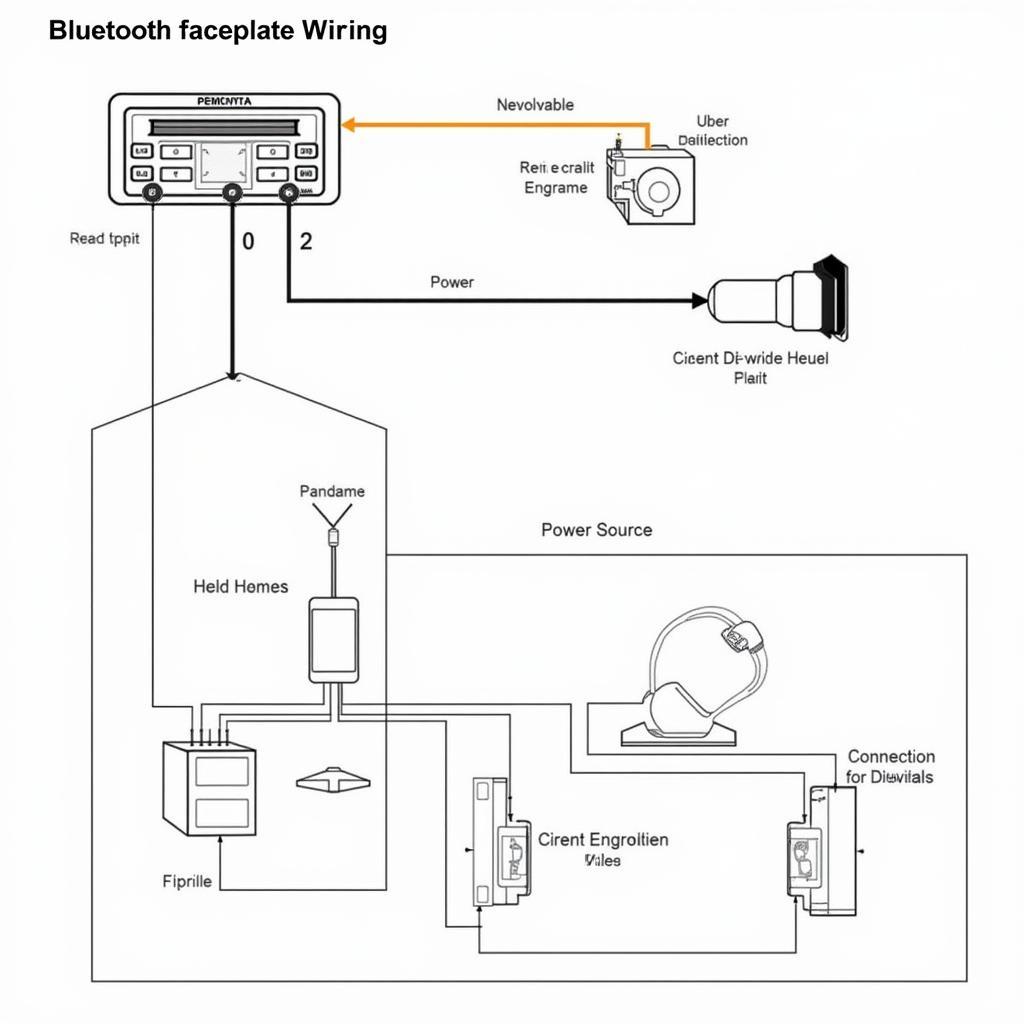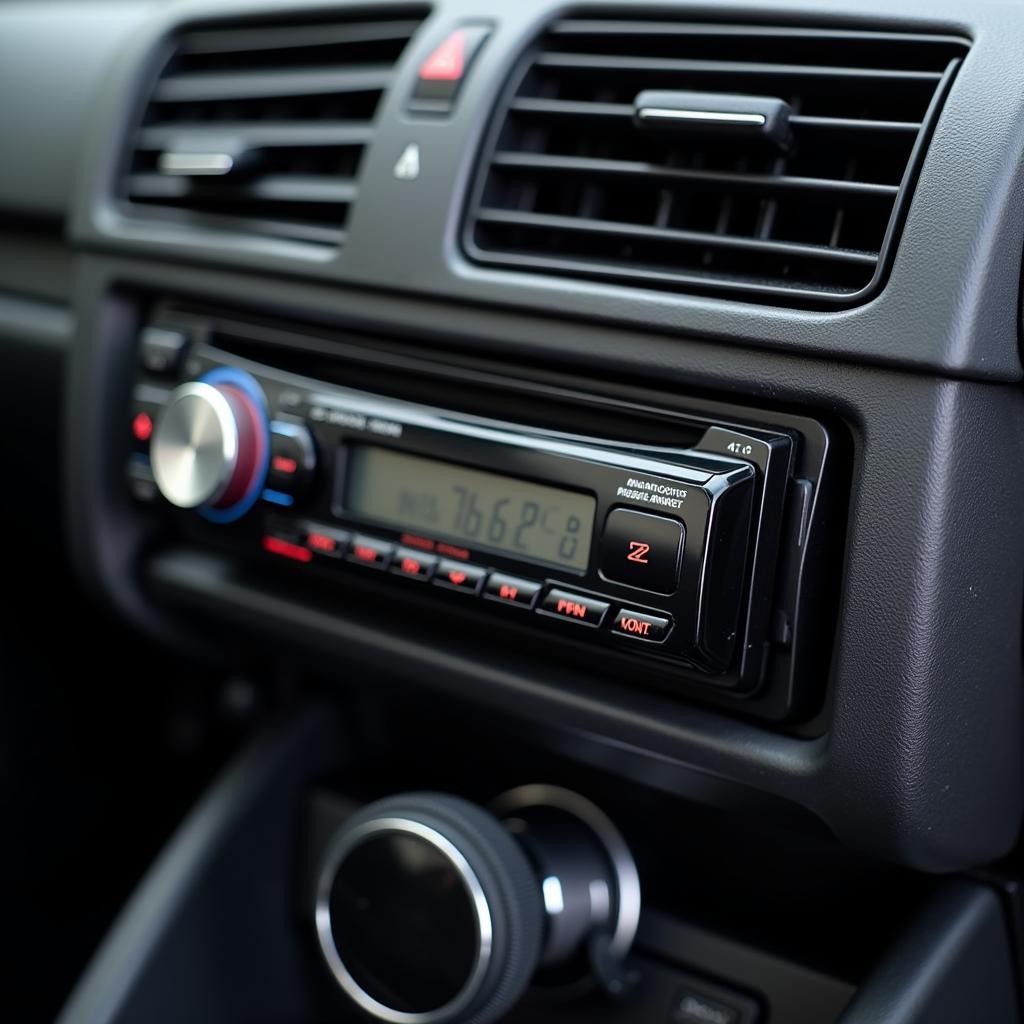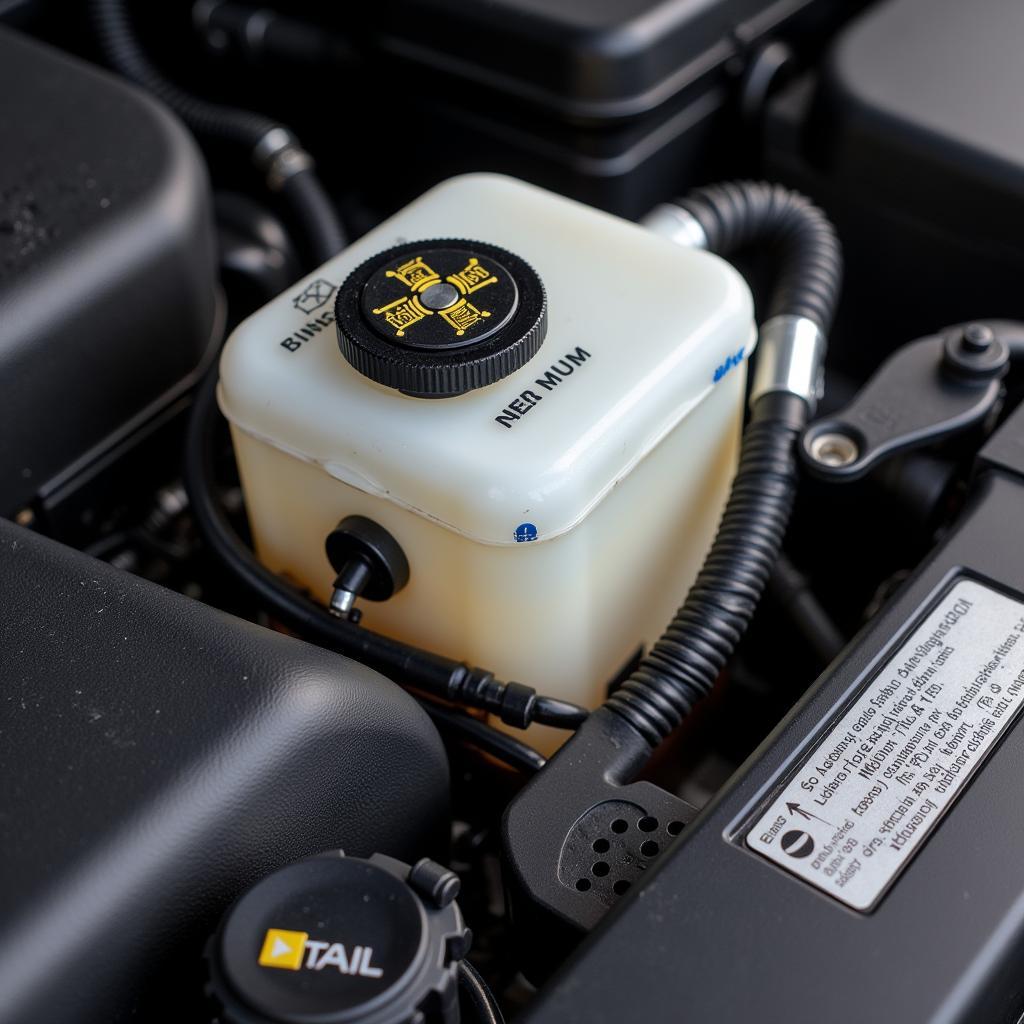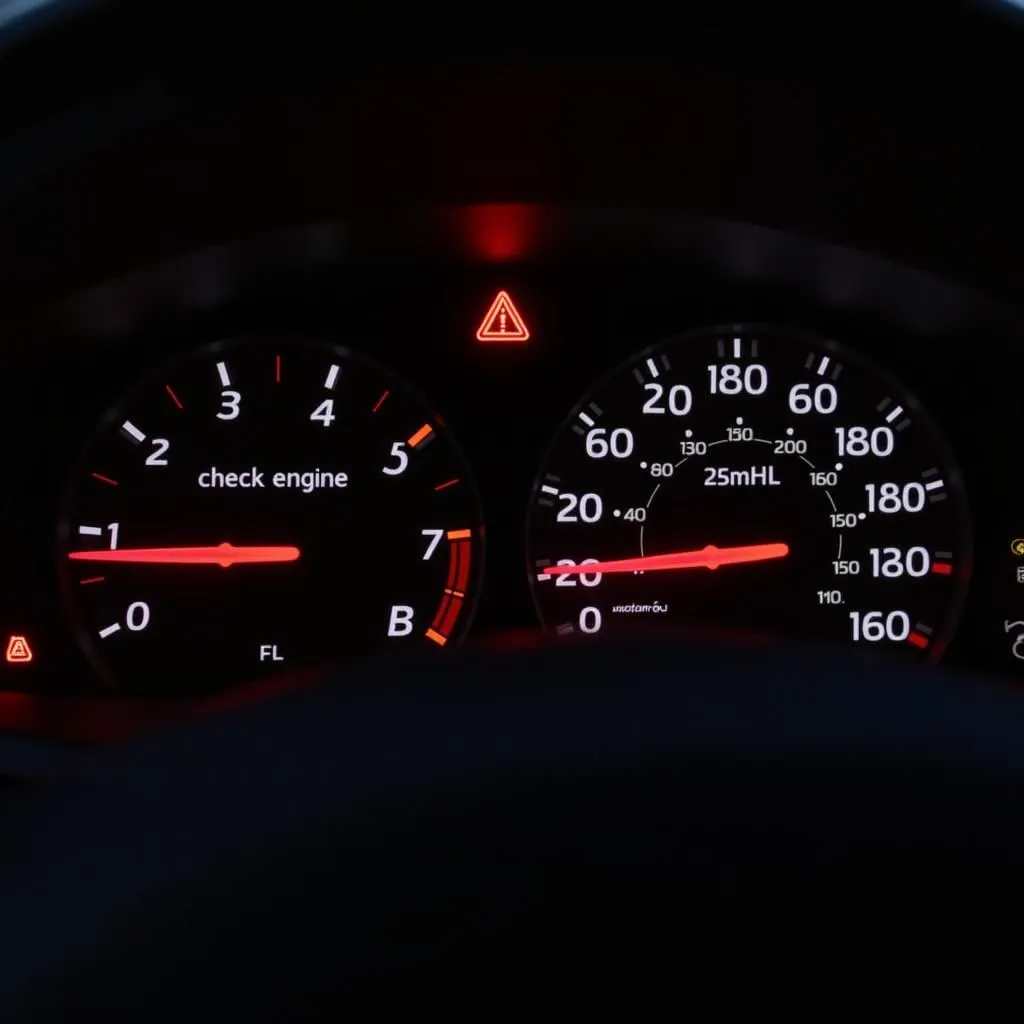Removable bluetooth faceplate car radios offer a great balance of security and connectivity. However, like any technology, they can experience issues. This guide explores common problems, troubleshooting tips, and solutions for your removable bluetooth faceplate car radio. We’ll delve into software updates, remote diagnostics, and programming options to get your car radio back on track.
Understanding Your Removable Bluetooth Faceplate Car Radio
A removable faceplate acts as a deterrent against theft. But the complexity of integrating Bluetooth and other features can sometimes lead to malfunctions. Understanding the basic components and functionalities is the first step to effective troubleshooting. This includes the faceplate itself, the head unit, the wiring, and the software that runs the system. A crucial aspect of modern car radios is the software, which can be updated remotely for enhanced performance and bug fixes.
Having a basic understanding of how these components interact allows you to pinpoint the source of the problem more accurately. For example, is the issue with the faceplate connection, the head unit itself, or a software glitch?
car radios with bluetooth reviews
Common Problems with Removable Bluetooth Faceplate Car Radios
Several issues can arise with these types of radios, ranging from simple connection problems to more complex software glitches. Some of the most frequently encountered problems include:
- Bluetooth Connectivity Issues: Difficulty pairing, dropped calls, or poor audio quality.
- Power Problems: The radio not turning on or intermittently shutting off.
- Faceplate Malfunctions: The faceplate not connecting properly or becoming stuck.
- Sound Issues: Distorted audio, no sound, or unbalanced sound.
- Software Glitches: Frozen screens, unresponsive buttons, or erratic behavior.
Troubleshooting Your Car Radio
Before seeking professional help, there are several steps you can take to try and resolve the issue yourself. These steps can often save you time and money.
- Check the Obvious: Ensure the faceplate is correctly attached and the car’s ignition is on.
- Power Cycle: Try turning the car off and on again to reset the radio. Sometimes, a simple reboot can resolve minor software glitches.
- Check the Bluetooth Connection: Verify that your phone’s Bluetooth is enabled and that the radio is discoverable. Try deleting the existing pairing and re-pairing your phone.
- Inspect the Wiring: If you’re comfortable doing so, check the wiring connections to the head unit to ensure they are secure and free of damage.
- Consult the Owner’s Manual: Your owner’s manual is a valuable resource for troubleshooting specific issues with your car radio model.
 Removable Bluetooth Faceplate Car Radio Connection Diagram
Removable Bluetooth Faceplate Car Radio Connection Diagram
Remote Diagnostics and Software Updates
Many modern car radios, especially those with advanced Bluetooth features, support remote diagnostics and software updates. This allows technicians to identify and resolve issues without needing physical access to the vehicle. Remote software updates can also improve performance, fix bugs, and even add new features to your existing radio.
These updates are usually performed through a dedicated app or software program, often requiring a connection to your vehicle’s OBD-II port.
“Remote diagnostics and programming capabilities are game-changers in the automotive industry,” says John Smith, Senior Automotive Electrical Engineer at AutoTech Solutions. “They allow for faster and more efficient troubleshooting and repairs, minimizing downtime for the customer.”
When to Seek Professional Help
While many issues can be resolved with basic troubleshooting, some problems require professional expertise. If you’ve tried the steps outlined above and are still experiencing problems, it’s time to consult a qualified automotive electrician. They have the specialized tools and knowledge to diagnose and fix complex issues, including:
- Internal hardware malfunctions
- Complex wiring problems
- Advanced software programming
“Don’t underestimate the complexity of modern car electronics,” advises Jane Doe, Lead Technician at Car Audio Specialists. “Trying to fix complex problems yourself could potentially cause further damage. It’s always best to consult a professional when dealing with intricate electronics.”
car radios with bluetooth reviews
Removable Bluetooth Faceplate Car Radio: Keeping Your Tunes Secure
A removable bluetooth faceplate car radio offers a great way to enjoy your music while protecting your investment. By understanding how these systems work and following the troubleshooting tips outlined above, you can keep your tunes flowing smoothly and securely.
 Car Radio with Detached Faceplate
Car Radio with Detached Faceplate
FAQ
-
How do I pair my phone to my removable bluetooth faceplate car radio? Refer to your car radio’s owner’s manual for specific pairing instructions. Generally, you’ll need to put the radio in pairing mode and then search for it on your phone’s Bluetooth settings.
-
Why is my car radio’s Bluetooth connection dropping out? This can be due to interference, distance from the phone, or a weak Bluetooth signal. Try moving your phone closer to the radio or restarting your phone’s Bluetooth.
-
Can I update my car radio’s software myself? Yes, many modern car radios allow for user-initiated software updates. Consult your owner’s manual or the manufacturer’s website for instructions.
-
What should I do if my removable faceplate gets stuck? Do not force it. Consult your owner’s manual or contact a professional for assistance.
-
My car radio turns off when I hit a bump. What could be the problem? This could be a loose wiring connection or a problem with the head unit itself. Consult a qualified automotive electrician.
-
How often should I update my car radio’s software? Check the manufacturer’s recommendations for software update frequency. Typically, updates are released periodically to address bugs and improve performance.
-
Can a removable faceplate completely prevent theft? While a removable faceplate acts as a strong deterrent, it doesn’t guarantee complete protection against theft. It’s always best to take additional security measures to protect your vehicle.



